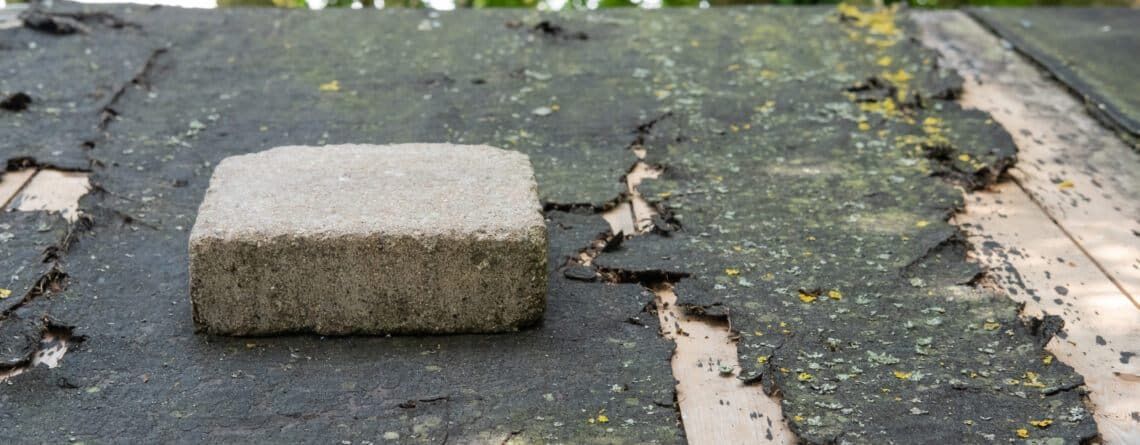Top 10 Tips for Rubber Roofing Installation Businesses
While a competent DIYer can install some of the more straightforward EPDM rubber roofing systems, many installations require the skills of a professional. If you are a company that installs rubber roofing for your clients, this blog will offer some great tips and advice from a rubber roofing specialist who has worked in the industry for over 12 years.
You may think that a simple set of tools is sufficient to install rubber roofs properly, and you’re not wrong, but installing EPDM is not just about using the right tools. It requires patience, skill and knowledge. Failure to get the basics right will not only cause you to lose time, but you’ll also waste valuable materials and resources.
As a skilled installer who has been in the industry for many years, I am familiar with the tools, techniques and strategies that work.
Top Tip #1 Leaf Blower
Save time and labour with a leaf blower. Roof surfaces should be clean and free from debris. A petrol-powered leaf blower is much more effective than a manual broom, not to mention the time it saves. This is particularly useful if you have ground out the lead chase, which produces a significant amount of dust. Adequate deck preparation is vital.
Top Tip #2 Membrane Scissors
Use good quality membrane scissors. Heavy-dutydutylor’s scissors, which are sold for roofing, are an essential piece of kit for any rubber roofing installer. They are also great for the fast and accurate shaping of flashing tapes.
Top Tip #3 Adhesive Roller
Using a good quality adhesive roller will help significantly. Don’t be tempted to opt for poorer quality rollers, as they won’t offer the strength you need for rubber roofing installations. A ridged fibreglass handle which screws together is the best one to use.
Top Tip #4 Trimming Knife
Always select a trimming knife with a quick blade changeover facility, which will facilitate the cutting process. Roofing membranes are designed to be strong, so the right cutting tools are vital and will make the work much more manageable.
Top Tip #5 DPM
We always recommend carrying a full roll of 1200 gauge DPM to each project. With the typical British weather, you may face an unexpected rain deluge mid-way through the installation, and you will need to ensure that the deck space is sufficiently protected. Never attempt to remove a flat roof without a temporary cover in place, even though it is the customer’s responsibility to remove any items of value in the room below. Customers won’t thank you for water-blowing up their state-of-the-art home entertainment system because of inadequate roof coverings! To make matters worse, you may have difficulty obtaining payment for the roofing work that has been carried out!
Top Tip #6 Waste Management
There will be a considerable amount of waste during a flat roofing refurbishment. Correct waste management is essential not only for safety purposes but also to increase efficiency. The best waste removal for roofing is either a skip (or two), or you can hire a tipper van. In most cases, tipper vans can pull up close to the roof, and all the waste is quickly thrown in and removed. Always avoid double-handling waste as much as possible, as felt tooting is extremely heavy, and roof decking boards are bulky. Tipper tricks can save you time and resources, making waste removal quick and hassle-free.
Top Tip #7 Sufficient Resources
Ensure that you have an adequate supply of materials. If you can build up a business float, this will make things much more manageable. If you are working on a project, it is much quicker to replenish your supplies from your sticks rather than wait for new supplies to arrive. Although most retailers like ourselves offer next day delivery, there is always a chance of delays in the transport system. The last thing you want is to leave a project half-finished or have several roofs to finish because you didn’t have enough materials.
Top Tip #8 Quotations and Contracts
Before starting any work,, ensure that you have provided an accurate quote and that you have a signed contract with the customer. Contracts should protect both parties and outline factors such as payment information, timescales, and what happens if something goes wrong and the customer needs to make a complaint.
Top Tip #9 Warranties
When ordering your supplies, check that they provide a membrane warranty. Most local merchants who stock rubber roofing supplies will only provide the materials and not the warranty.
Top Tip #10 Customer Service
It may seem obvious, but take pride in your work and deliver exceptional quality for your clients. The roofing industry in some areas is a little murky, with stories of poor workmanship or unscrupulous firms occasionally appearing in the news. Poor business practices will spread more quickly than good work ever will, so you need to demonstrate your ability and build a strong reputation. Excellent customer care is crucial, and it certainly pays to look after your clients.
Keeping your customers happy, delivering high-quality work, and using the right tools can go a long way toward helping your rubber roofing installation business thrive and ensure its continued success.
The Team at Rubber Roofing Direct


